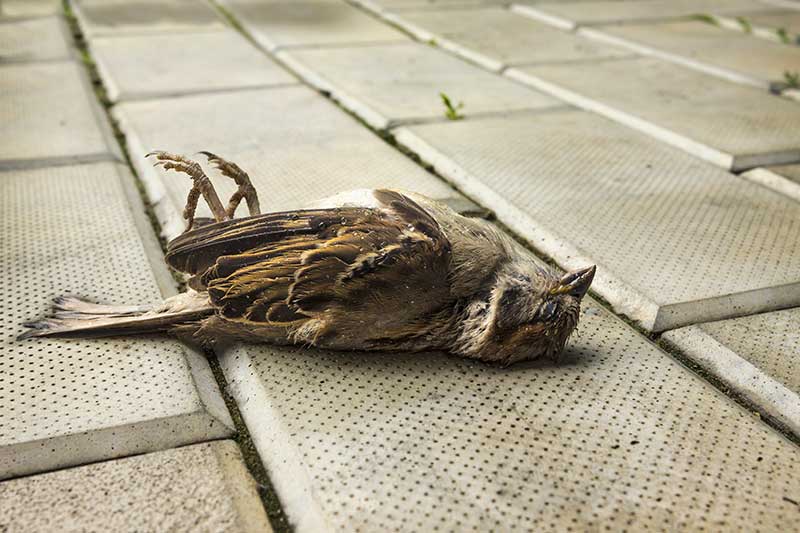Unfortunately, dead wild birds are a common sight, whether after long winters, disease outbreaks or human causes. Properly removing and disposing of deceased birds respects the environment while protecting public health.
Let’s review the best practices for safely handling dead wild birds in your yard or neighborhood.
Wear Protective Gear
When removing a dead bird, put on:
- Thick gloves to avoid direct skin contact
- Safety glasses to protect your eyes
- A dust mask to avoid inhaling bacteria or viruses
This gear limits exposure to potential diseases from the deceased bird.
Double Bag the Carcass
Secure the dead bird in two plastic bags to fully contain it:
- Place the bird directly in the first bag
- Tie the bag’s twist ties securely
- Place that bag inside a second bag
- Seal the second bag’s ties
Double-bagging reduces the risk of contaminating your hands or the surrounding area.
Dispose of the Bags Properly
To dispose of the plastic bags containing the dead bird:
- Place them in your outdoor garbage bin
- If large birds, contact your waste management company for special disposal
- Never flush bird carcasses down toilets
Your trash will then be disposed of properly at a landfill or incinerator.
Wash Your Hands Thoroughly
After handling or disposing of the dead bird, wash your hands for at least 20 seconds with soap and warm water. This removes any remaining bacteria or chemicals from the feathers and skin.
Clean All Work Surfaces
Sanitize any surfaces the bird may have contacted using a disinfectant wipe or a solution of one part bleach to 10 parts water. This kills potential pathogens left behind.
Report Disease Outbreaks Promptly
If you notice multiple dead or dying birds in your area, report it to your state’s wildlife or health department. Officials can identify and contain disease outbreaks before they spread further.
In summary, properly removing and disposing of dead wild birds in an informed, careful manner shows respect for nature and public wellbeing. While wearing protective equipment, double-bag the carcass and dispose of bags properly in your garbage. Then thoroughly clean your hands and any contact surfaces to eliminate possible contaminants. By following these basic steps, you can help prevent the spread of disease from deceased wildlife in your community.

